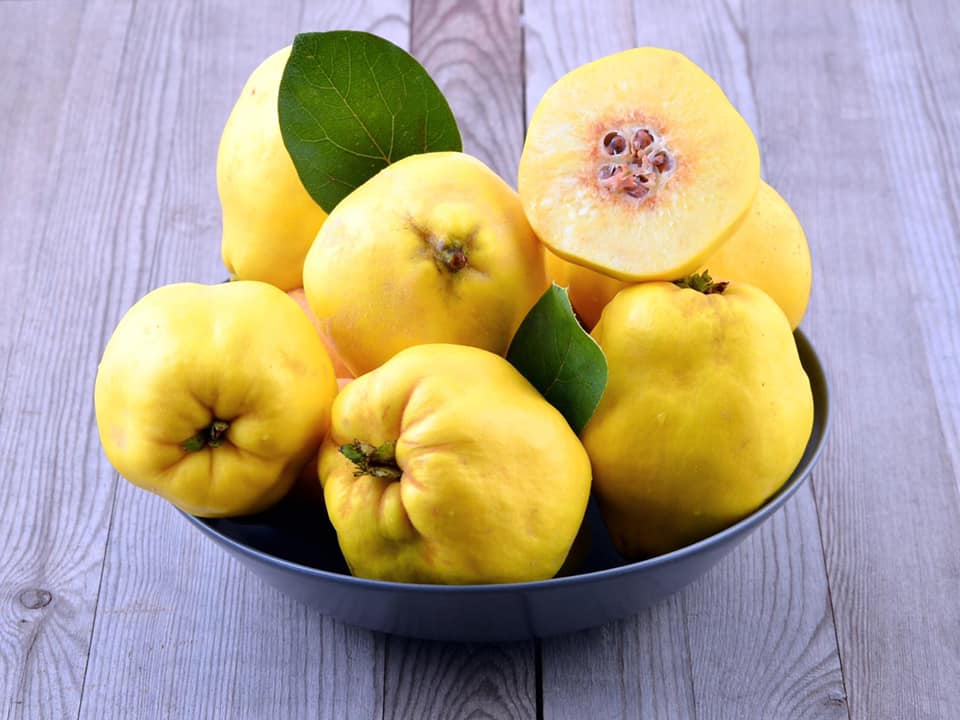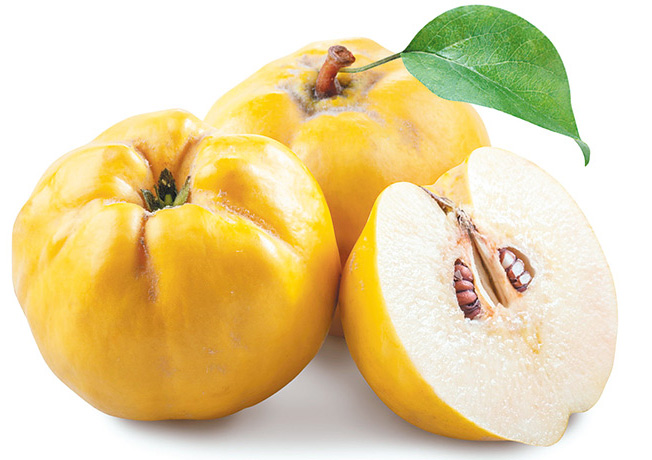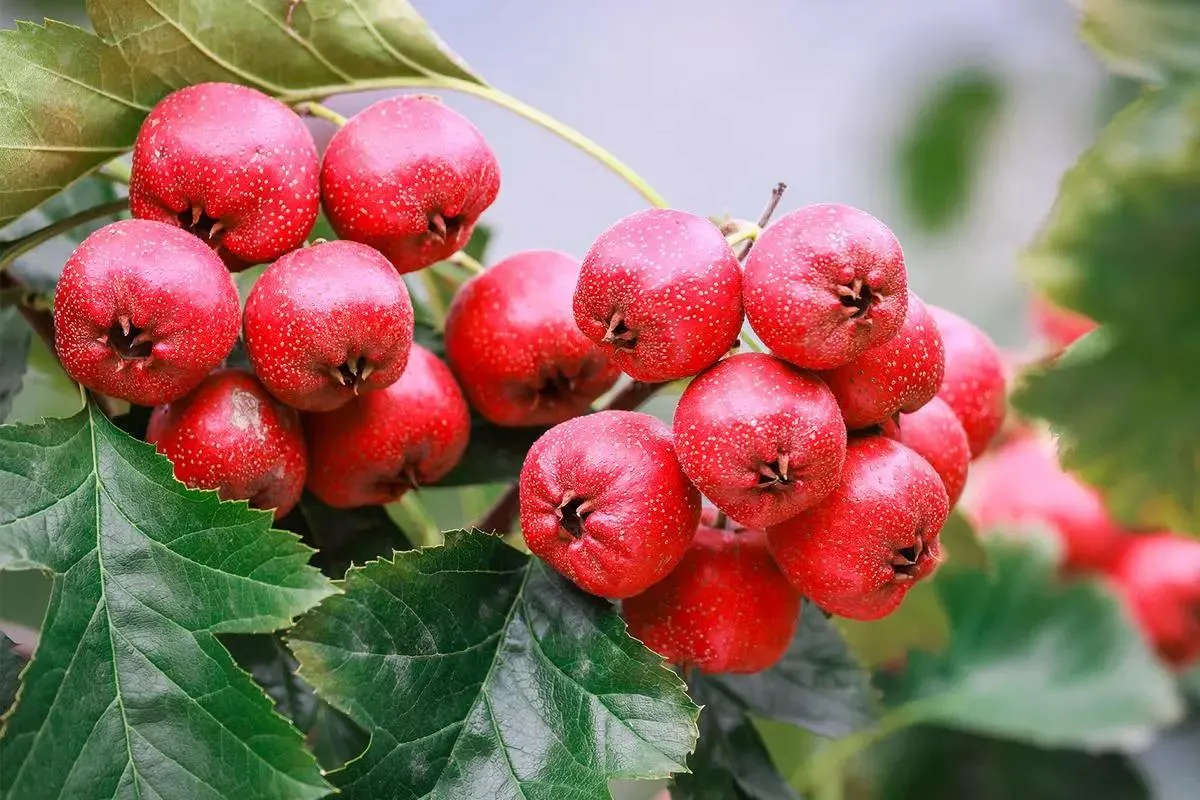Quince (Cydonia oblonga)
Quince (scientific name: Cydonia oblonga) belongs to the Rosaceae family within the genus Cydonia. This ancient fruit tree is renowned for its distinctive aroma and is mainly used in food processing.
Fruit Characteristics:
The quince fruit is a pome that develops from both the flower’s receptacle and ovary. Its shape can be irregular—commonly pear-shaped, oval, or nearly round—and sometimes has a bumpy surface. The size and weight vary depending on the variety. When ripe, its skin typically turns golden yellow and may have a fuzzy texture. Raw quince flesh is hard with an astringent taste but becomes soft with a rich fragrance when cooked.
Variety Diversity:
Though there are relatively few cultivated varieties of quince, some notable ones include:
- Portugal Quince: Large fruits with irregular shapes; highly aromatic when ripe; ideal for jams and jellies.
- Smyrna Quince: Pear-shaped fruits with smooth skins that turn golden yellow when ripe; milder flavor.
- Champion Quince: Round or nearly round fruits; high yield; versatile for various processing purposes.
Nutritional Value and Potential Benefits:
Quince is rich in dietary fiber—especially pectin—and contains some vitamins (like vitamin C) and minerals. Due to its tartness when raw, it’s not commonly eaten fresh but is highly valued in food processing for its pectin content.
Traditionally, quince has been used to help with digestive issues like indigestion.
Distribution and Cultivation:
Native to southwestern Asia and the Caucasus region, quince is now widely grown in temperate areas including Europe, the Mediterranean region, and parts of Asia. It adapts well to various soils but thrives best in well-drained fertile soil with ample sunlight. Quince trees are also popular ornamental plants due to their beautiful flowers and unique fruits.




